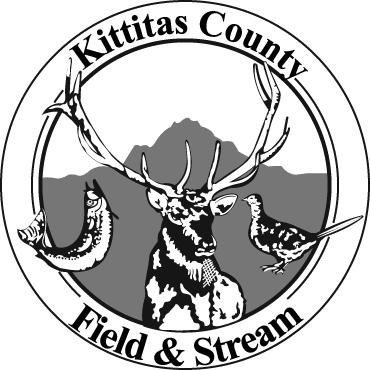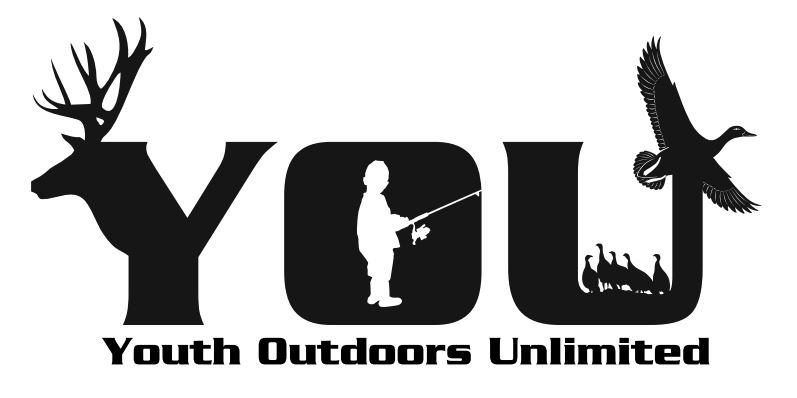No doubt you have heard that several wildlife wintering areas have just been declared off-limits for visiting humans. This is an important – if not critical – move. Over the years, we have from time to time discussed the issues around winter and wildlife. This winter is a reminder of our roles and responsibilities.
DFW has closed much of the Chief Joseph Wildlife Area (Asotin County) to all use until April to protect wintering deer and elk. Wildlife Area Manager Bob Dice and District Wildlife biologist Paul Wik are dealing with the worst winter conditions in the Grand Ronde River drainage in two decades – snow measured in feet and ongoing sub-zero temperatures. “Deer and elk observed in this area have physical signs of undernourishment, including exposed hip bones and eating shrub bark,” Wik noted. He added that they have “already seen a few dead animals with no signs of predation. Conditions remain harsh, so we need to avoid disturbing these animals to boost their chances of survival.”
To minimize the disturbance of wintering wildlife and, in some cases to keep animals from damaging nearby private lands, there are other wildlife winter closures. Those include parts of our local L.T. Murray Wildlife Area, the Oak Creek Wildlife Area (Yakima County), W.T. Wooten Wildlife Area (Columbia County), Asotin Creek Wildlife Area (Asotin County), and Sherman Creek Wildlife Area (Ferry County).
In surviving even a normal winter, deer and elk may lose a quarter or more of their body mass. A loss of just under a third of fall body weight will generally cause death, even if food becomes available. (Biologist Wik also reiterated a fact often noted across the country in the midst of a hard winter; feeding deer and elk is not useful now, because it just takes them too long to adjust to diet changes.) As they fatten up in early fall, wild ungulates develop thicker, longer coats with many hollow hairs providing even more insulation with “piloerection” (the ability to make the hairs stand up and trap more air). Deer and elk also have large, round, bodies providing a greater volume to surface area ratio, minimizing heat loss. They move around less and rates of metabolism drop a bit, lowering caloric demand (probably why people often consider deer and elk Aless wild@ in the winter). Still, even with these built-in survival mechanisms, severity of winter is the major factor controlling most wildlife populations.
Then there are our impacts. It does not matter if we think we pose no danger, animals act on their perceptions. (I often think of the expression “Facts are facts, but perceptions are reality” handed me by former Sinlaheken Manager Dale Swedburg.) During our winters, stress of any kind will drain an animal=s energy supply. If a critter just watches us so long that it loses valuable foraging time, its health may be compromised – especially now, when every bite counts. Wildlife photographer Leonard Lee Rue III once reported studies showing that eastern white‑tailed deer distracted from feeding on winter grounds for just a few hours at a time over a dozen weekends may lose a month’s worth of survival ability. In a hard winter, then, deer could die just from their reactions to being watched.
The bottom line of all this is that we have an obligation to observe critters from a distance comfortable to them, not us. There are safe distances, and wildlife will show you what they are. Just as you and I have our individual “comfort zones” and “flight” distances, so do deer and elk. A head‑up, ears‑forward posture, with obvious nervousness, is enough to make me sit still, avoid eye contact, or back off quietly. The next level of warning signs might include: flicking of tails; jumpy response to noise; skittishness; moving away; hairs on neck and shoulders standing up; snorting or slapping the ground with a foot or paw. Any additional pressure will cause flight – and more loss of needed energy.
Staying in your rig can be non-threatening. Binoculars, spotting scopes and telephoto lenses will let us get close enough for a good look without disrupting critter activities and bankrupting their energy reserves. If you opt to take a casual walk around wildlife, of course, you will want to leave pets in the car. Consider the comfort zones of fellow watchers, too.
Expect to find wild things all around the valley and down the Yakima Canyon this winter, on most any drive. Joe Watt Canyon is a favorite sledding area, often with a fair number of elk nearby. You might head south and then out of Yakima to the Cleman Mountain Bighorn feeding area (just north of the intersection of Highways 12 and 410). Then go a couple miles south on Highway 12 to the Oak Creek Wildlife Area. You could see a hundred or more bighorns and deer, and a thousand or more bull, cow and calf elk.
And watch all around our snowy winter roads. Hitting a deer or elk can mess up the whole day for both of you.




